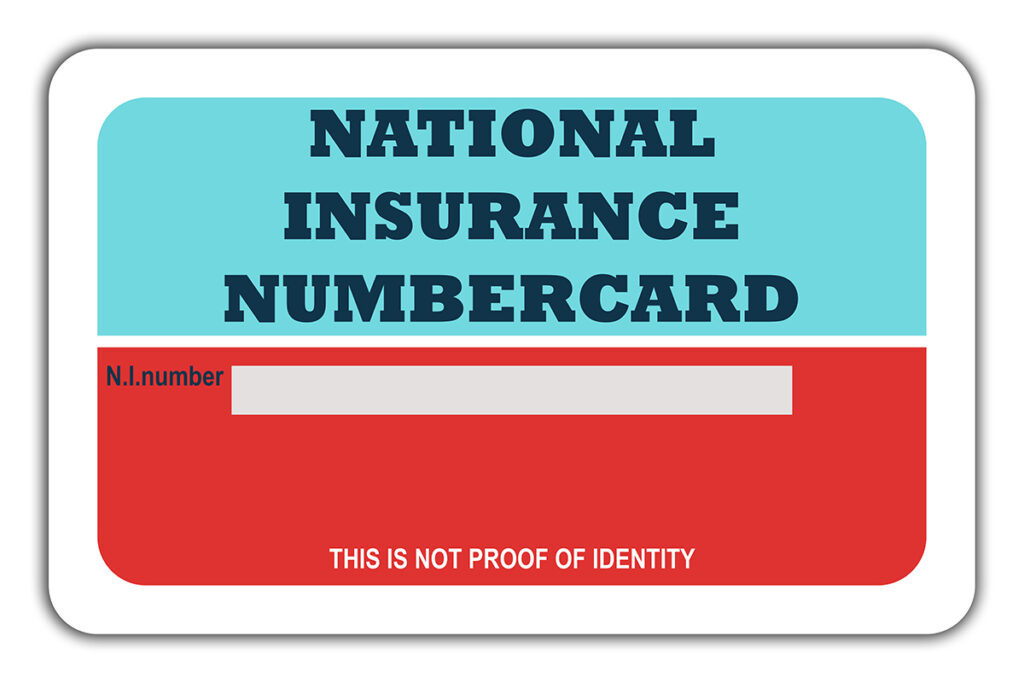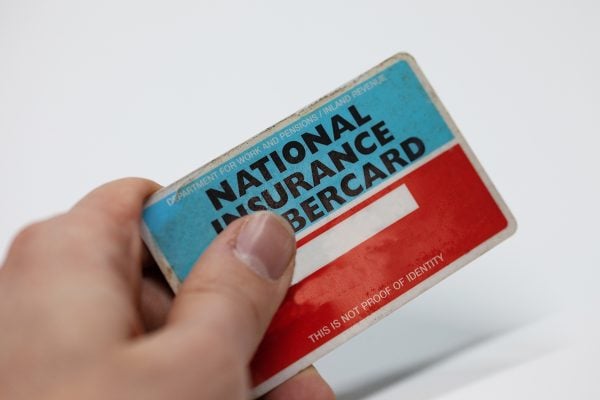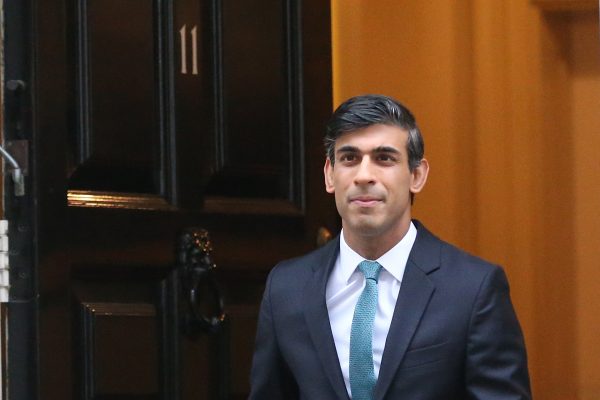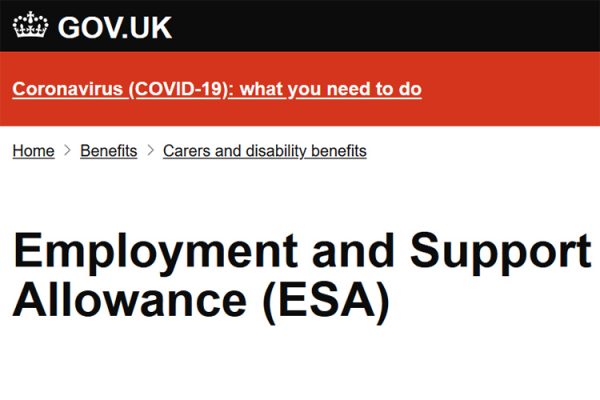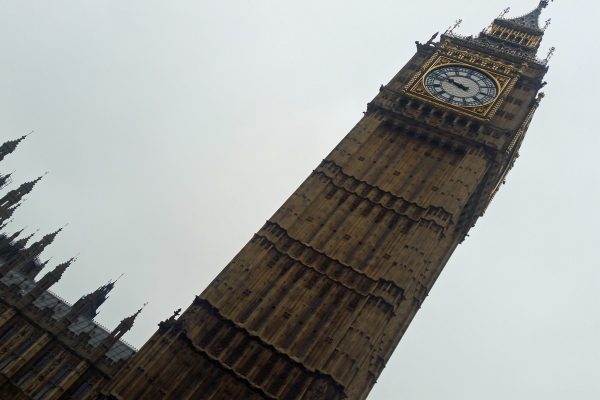In the Spring Statement, it was announced that National Insurance starting thresholds will rise to £12,570 from July 2022. That’s fairly simple for employees, but how does it impact the self employed?
There will be an increase in the Primary Threshold (PT) for Class 1 NICs and Lower Profits Limit (LPL) for Class 4 NICs from 6 July 2022, aligning them with the personal allowance for income tax which is set at £12,570 per annum. These thresholds will remain aligned.
Self Employed National Insurance Class 2
From April 2022, the government will also reduce Class 2 NICs liabilities to nil on profits between the Small Profits Threshold (SPT) and LPL. This will ensure that no one earning between the SPT and LPL will pay any Class 2 NICs, while allowing individuals to be able to continue to build up National Insurance credits.
Changes to Class 2 NICs will start from the beginning of the 2022-23 tax year.. Class 2 NICs are set at a flat rate of £3.15 per week in 2022-23.
Self Employed National Insurance Class 4
The Government has an ultimate ambition to align the NICs starting thresholds with the income tax personal allowance. For the 2020-21 tax year the PT and LPL were raised to £9,500. For 2021-22, the PT and LPL were increased to £9,568. The current position for 2022-23 is a further increase to £9,880 from April.
In the case of the PT, it is intended that the measure will have effect from 6 July 2022. In the case of the LPL, because self-employed NICs are calculated on an annual basis, the measure will apply from the start of the 2022-23 tax year, but with an annualised threshold, so the effect is equivalent across the tax year to those who are employed and paid on a weekly or monthly basis. This means the LPL will be £11,908 for the 2022-23 tax year which is equivalent to 13 weeks of the threshold at £9,880 and 39 weeks at £12,570, reflecting the position for employees.
The PT and LPL are currently set at £9,880 for the tax year 2022-23.
